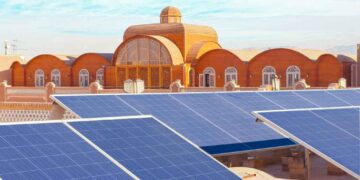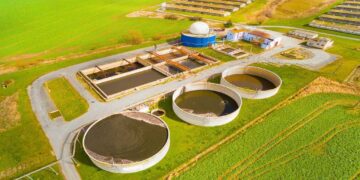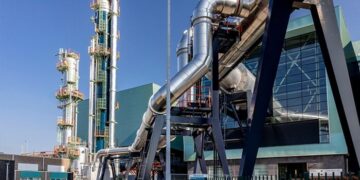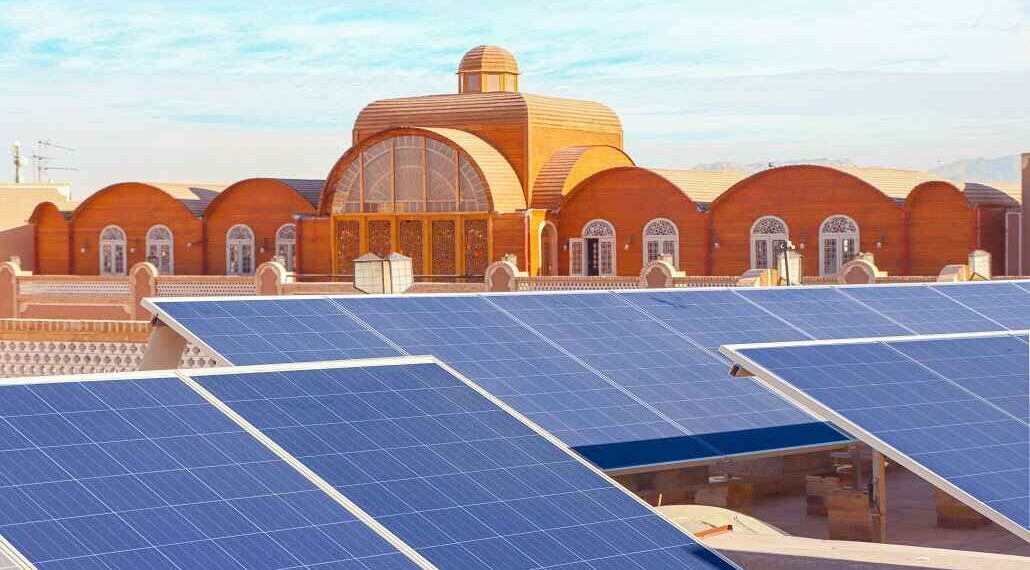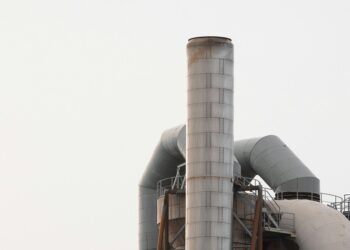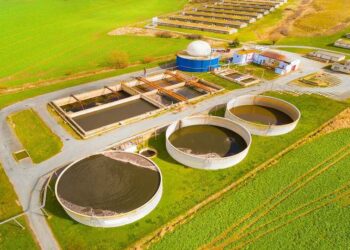The Statistics Committee in Uzbekistan has gone on to release data pertaining to the industrial production in January as well as February 2025, thereby revealing a consistent dip in the natural gas output. In this period, Uzbekistan went on to produce 7.37 billion cubic meters of gas, which was down by 329 million cubic meters – 4.2% from the same period in 2024 and also 781 cubic meters as compared to 2023.
Reserves that are Depleting and Demand That’s Rising
The head of the state nuclear agency in Uzbekistan, Uzatom, Azim Ahmadkhadjayev, has attributed this dip to the existing gas fields that are depleting and, at the same time, delays when it comes to developing the new ones. At the same time, the industrial production in Uzbekistan is speeding up and also driving the energy conservation demand. He said that the existing fields happen to be running out. Discovering as well as developing new reserves needs enough investment. The work at present is underway, but the shift is indeed going to take some time. He also stressed that the future expansion when it comes to nuclear energy can as well go on to reduce dependence on gas.
Amidst all these barriers, the government happens to be prioritizing the conservation of energy. At a recently concluded meeting on March 26, 2025, President Shavkat Mirziyoyev of Uzbekistan gave an outline of the ambitious targets, which were saving 1.1 billion cubic meters when it came to natural gas and also 2.6 billion kilowatt hours as far as electricity was concerned in 2025.
Infrastructure That’s Outdated and Modernization of Industries
Many of the industrial facilities in Uzbekistan date back several decades and weren’t designed keeping in mind energy efficiency. This kind of outdated infrastructure goes on to consume disproportionate amounts of electricity as well as gas, thereby leading to regional shortages during the peak demand. In order to address this, the government is going ahead and modernizing major sectors and also executing a dedicated program related to energy efficiency for large companies.
With the population expected to reach 41 million by the end of the decade and energy conservation demand anticipated to see a surge by 1.5 times, it is indeed very critical to have a long-term plan.
The researchers in Samarkand, Syrdarya, as well as Jizzakh, have gone on to identify the potential energy savings when it comes to 870 million kilowatt hours of electricity and also 420 million cubic meters of gas. One of the proposed measures can as well be replacing 35000 outdated machines that exist in small as well as medium-sized factories.
Energy Initiatives that are Local
Energy savings also happen to be pursued when it comes to the community level. The government looks to install small solar power plants across 300 neighborhoods, thereby aiming to save 45 million cubic meters of gas in 2025 alone. Moreover, more than 1000 micro hydropower stations happen to be planned to be built on canals as well as streams so as to generate supplemental electricity. It is well to be noted that street lighting also happens to be a major consumer that uses 200 million kilowatt hours per year. Shifting to solar-powered lights can go on to cut the consumption by 50%.
President Mirziyoyev emphasized the need for factories so as to adopt energy-efficient tech and at the same time reduce waste as well. A new tracking system will make sure of the ideal execution of these measures that are in every way energy-saving.
Renewable and Public Awareness Focus
The government also happens to be promoting energy-conscious behavior within the citizens. Simple actions such as turning off the unused lights or installing solar panels can as well collectively offer their contribution to the energy-saving goals. Specific attention is being paid to the Fergana Valley, which is densely populated. A customized energy plan is being developed for this region, with strategies that are successful to be executed across the nation.



